Tracing the Roots of Our Energy and Environmental Business
History of Uninterruptible Power Supplies (UPS) (Part III)
1990s: Smaller size, lighter weight, higher performance, and better efficiency realized by IGBT
The main focus of UPS technology development in the past few years has been the application of high-frequency switching technologies. . . .The use of these technologies is gradually being extended to UPSs with larger capacities as the performance of high-speed switching devices such as MOSFETs and IGBTs improves and their current capacity increases.
Fuji Electric has just developed a compact, lightweight, and high-performance three-phase UPS that uses high-frequency switching technology with the IGBT as a switching element, creating a series that spans the 75 kVA device to the 200 kVA device. . . .
Excerpt from Fuji Electric Journal Vol. 63, No. 6 (1990)
In 1990, we created the all-IGBT type UPS using IGBTs for both the converter that converts AC to DC at the input and the inverter that reverses it from DC to AC (or bidirectional) in the 75 to 200 kVA lineup. In 1991, the lineup was then further expanded to 1,000 kVA.
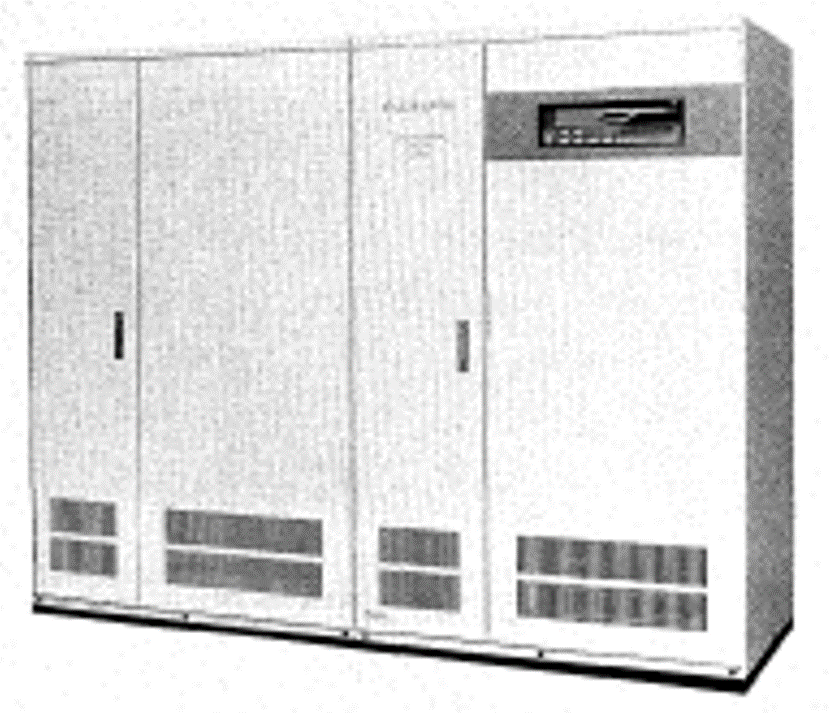
The insulated gate bipolar transistor (IGBT) is a semiconductor module that combines the advantages of both the MOSFET's high-speed switching and the bipolar device's high current-carrying capability. It is now a mainstream module not only in UPSs but also the entire power semiconductor field.
In terms of the conversion efficiency of the device, the efficiency was about 80% with the thyristor type large-capacity UPS, while it was about 90% with our IGBT-based large-capacity UPS series, reducing power loss by about half. We have also reduced the size of the main body of the device to about one-third. (Both are based on a comparison of 200 kVA type devices.)
We delivered the large-capacity uninterruptible power supply (UPS) for a computer center operating continuously 24 hours a day, 365 days a year for an outsourcing business. . . . We added a backup circuit that can supply power to the direct power supply circuit common to both system A and system B UPSs and other system loads to create a highly reliable system that can provide stable and uninterrupted power supply with the UPS to the load in the event of a malfunction in system A or system B, during maintenance, and during future upgrades.
Excerpt from Fuji Electric Journal Vol. 69, No. 1 (1996)
In the late 1990s, the launch of Windows 95 by Microsoft, and the advancement of communications technologies rapidly accelerated the popularization of the Internet. The "computer center" that appeared in the above excerpt was a forerunner of the current data center. From the perspective of the high reliability and continuous operation required in the service of the computer center, the UPS systems delivered to computer centers were designed to provide extremely high reliability in preparation for equipment failure, maintenance, and future upgrades.
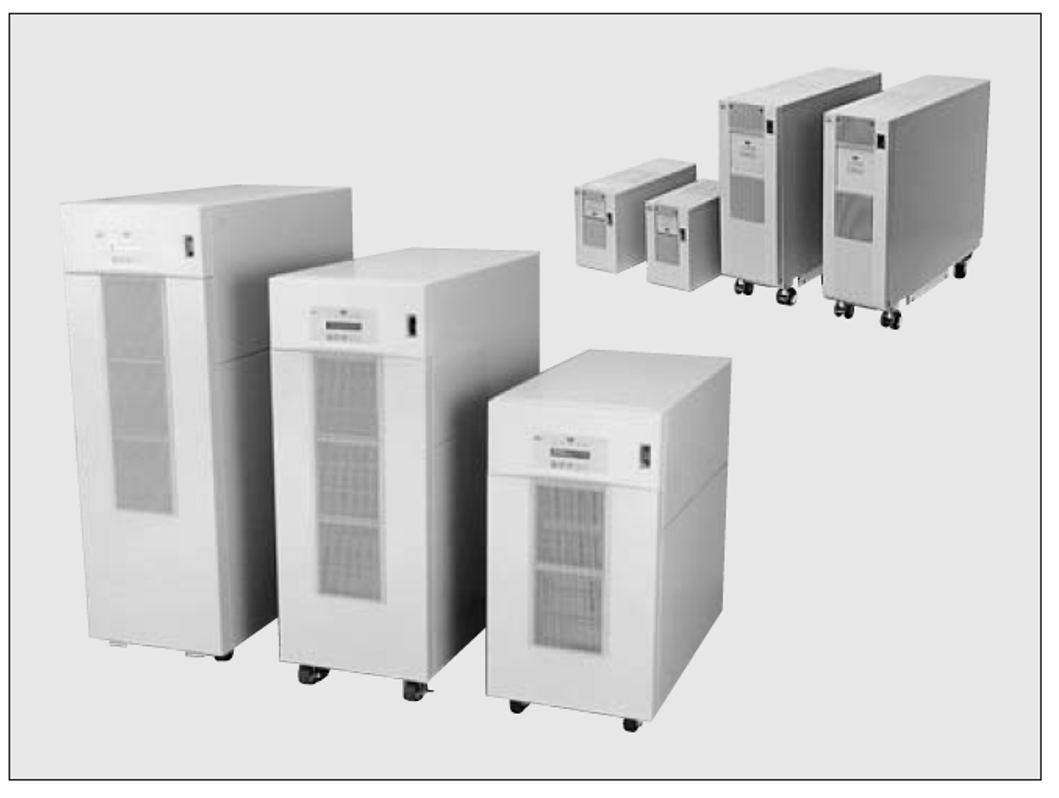
The need for the stable operation of facilities using highly reliable UPSs spread from computer backup systems to the production lines of high value-added products such as those of semiconductor manufacturing companies.
Launched in 1999, the mini-UPS J series (1 to 10 kVA) was made up of small, lightweight, and small-capacity UPSs with improved maintainability. The use of the UPS has expanded to a wide range of industrial applications, responding to the need to back up power supplies for industrial equipment with built-in computers such as semiconductor manufacturing systems.
2000s and beyond: Demand for higher efficiency and space saving due to the increased size of data centers
The development of information technology has led to the rapid expansion of communication networks. In particular, the Internet has become a common tool used around the world. Internet data centers have been built one after another over the last few years in Europe, the U.S., and Japan, and it is expected that the Internet data center construction rush will soon shift to Asian countries.
Meanwhile, as the world became connected through the Internet, information and telecommunications equipment that plays a core role in the network is required to operate 24 hours a day, 365 days a year. A stable power supply to support this operation has also become extremely important.
Excerpt from Fuji Electric Journal Vol. 74, No. 7 (2001)
The data center construction rush started in the 2000s. In recent years, the market is expanding from on-premise (internally managed and operated) data centers, such as those used in the financial sector, to data centers for cloud services which are earthquake and power failure resistant with strict security measures.
One of the important requirements for the construction of a data center is to provide enough space for racks to install servers. Therefore, UPSs are also required to be smaller in size.
In addition, as servers began to improve in performance and become denser, the power required at data centers also increased. Under such circumstances, the conversion efficiency of UPSs has also become an important factor in reducing power consumption at data centers to the greatest extent possible.

We have worked on reducing the size and weight and improving the efficiency of UPSs using new technologies, taking advantage of our unique ability to develop power and semiconductor devices internally.
We increased the power conversion efficiency of the 7000D Series (released in 2007) for data centers, as mentioned in the excerpt above, to 95%. Then, in the HX Series released in 2011, we further increased the efficiency to as much as 97%, which was one of the highest in the industry, by employing the new three-level power conversion*4 circuit that used RB-IGBT*3 for the first time in the world.
-
*3
-
RB-IGBT: Reverse-Blocking IGBT. Simplifies circuits when used in devices including the UPS.
-
*4
-
New three-level power conversion: Features reduced switching loss compared to the conventional two-level type.
Both can reduce the size and weight and increase the efficiency of the UPS.
In the history of the evolution of static uninterruptible power supplies that began with thyristors, the UPS has responded to the need for the reduction of size, weight, and power consumption with the advancement of power semiconductors.
Fuji Electric's highly reliable uninterruptible power supply systems, which support the stable 24-hour, year-round operation of data centers that have become important as social infrastructure, will continue to support the safety and security of society.

Contribution to SDGs


Our uninterruptible power supplies (UPSs) protect important systems and data from power supply problems such as power outages, momentary voltage sag, and voltage fluctuations caused by natural disasters or sudden accidents. They have supported the stable operation of computers, which are indispensable tools in our daily lives and in business, as well as data centers, which have become important as social infrastructure, contributing to the construction of resilient critical social infrastructure, including the Internet and communication networks. This is in line with our contributions to the SDG "9. Industry, innovation and infrastructure." Furthermore, energy savings achieved by improving the efficiency of our products also makes significant contributions to the goal "13. Climate action."
Related link
Recommended
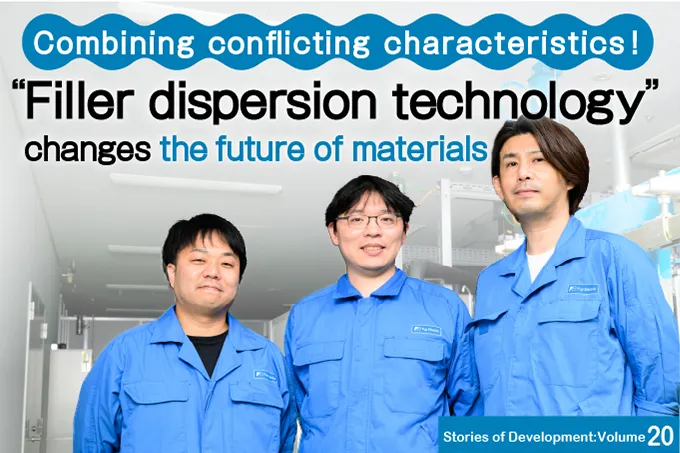
October 31,2025
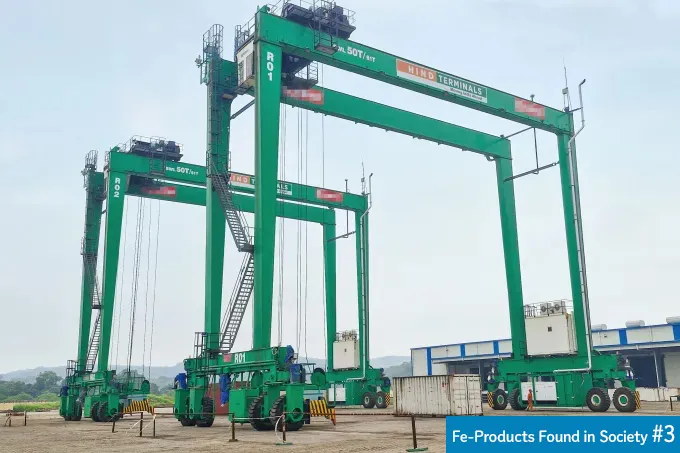
July 30,2025

July 28,2025
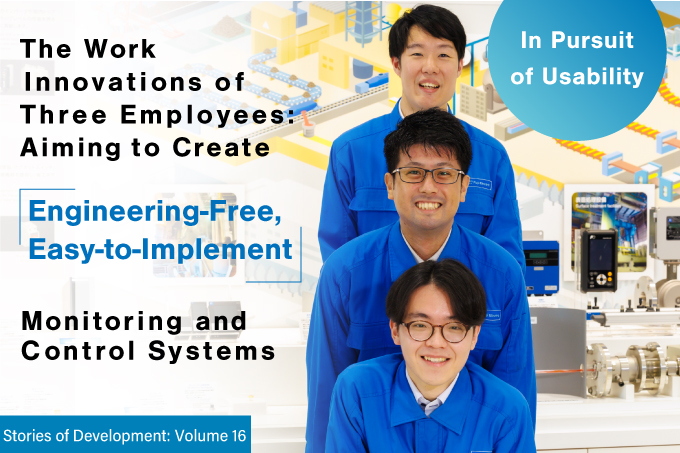
July 2,2025


